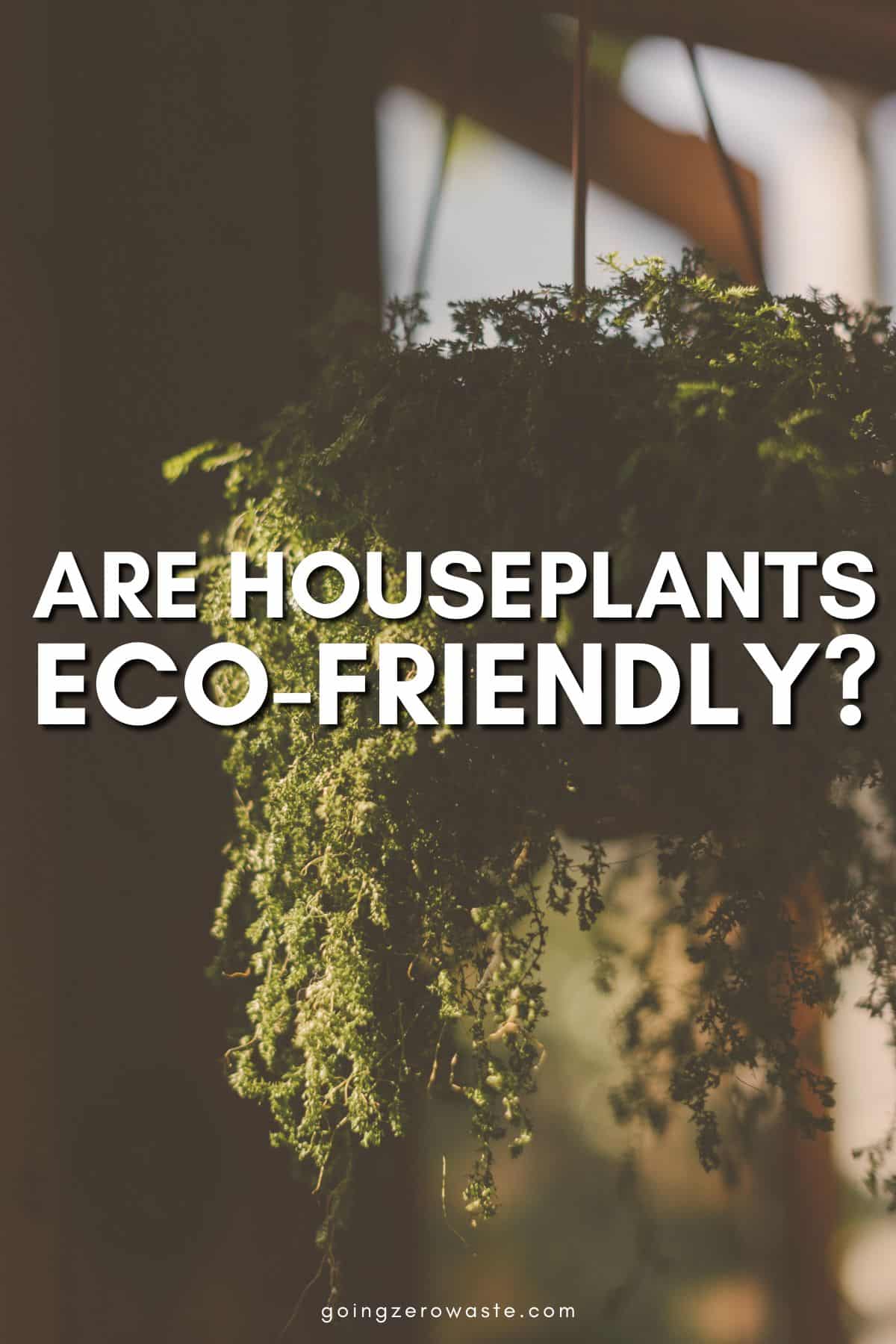Last Updated on May 9, 2024
I actually like houseplants: They are going to really open up a room and are such an efficient option to fill an space. I at current have a reasonably Money Tree plant that’s pet-friendly and gives the precise pop of inexperienced to my desk home.
I’m not alone: The houseplant commerce is booming. In 2019 a survey revealed U.S. houseplant product sales elevated by 50% to $1.7 billion in three years’ time and that growth has snowballed since then.
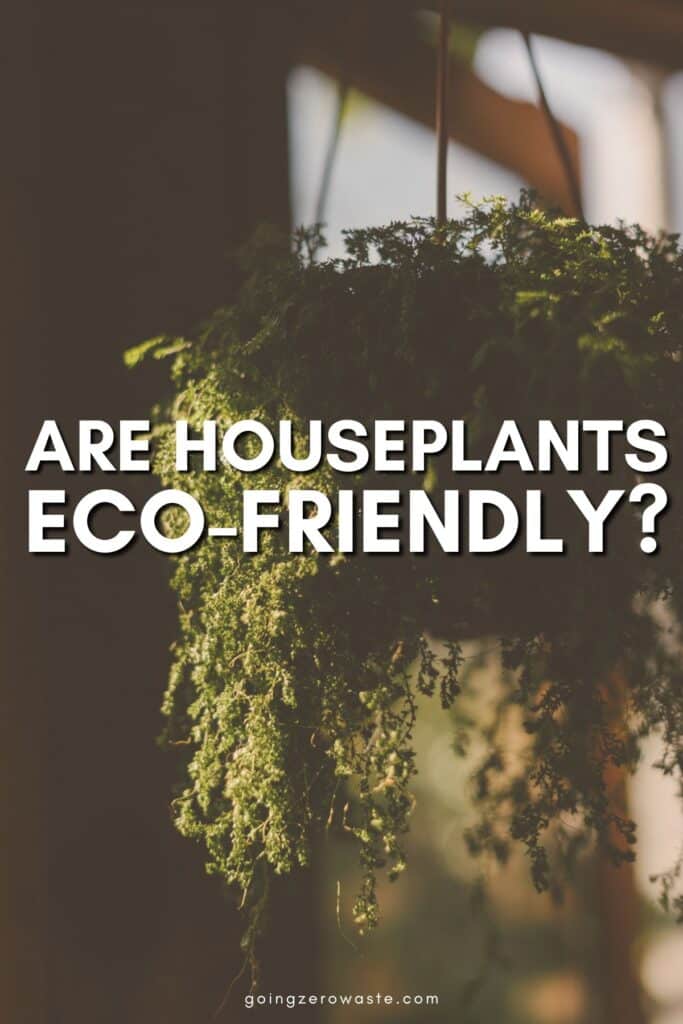
Nevertheless is that this horticultural pastime eco-friendly? That can depend upon the way in which you get your plant infants, and the way in which/the place they’d been grown.
Sarcastically, inexperienced indoor areas can come at a price to the ambiance.
Like the whole thing else we buy, houseplants even have an environmental have an effect on. There are a variety of parts to ponder, resembling “plant miles”, plastic waste and peat moss harvesting.
Proper right here’s what that it’s essential to know regarding the plant commerce’s environmental footprint, in case your plant obsession is contributing to it, and what you’ll be able to do about it.
environmental impacts of houseplants
Crops is also inexperienced, nevertheless that doesn’t routinely make them eco-friendly.
There are a variety of environmental impacts of houseplants to ponder. Listed beneath are a few that we’ll be diving into:
- Plant miles: How far did your plant journey to get to you?
- Plastic waste: Plastic pots are the primary container used to cope with crops.
- Peat moss harvesting: Peat moss, an ingredient in most potting mixes, is being overharvested.
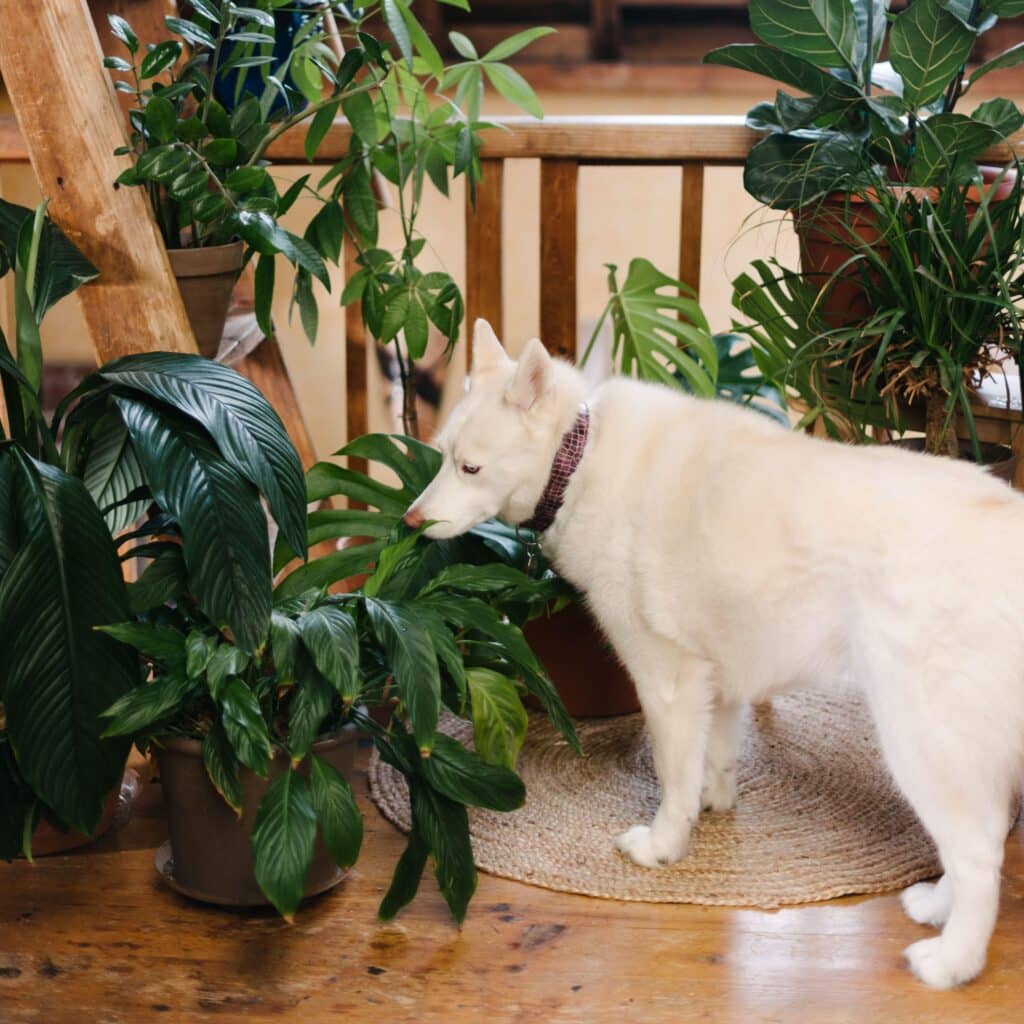

plant miles
A lot of the houseplants we love come from tropical or subtropical environments. That’s an enormous goal they thrive indoors on account of they need persistently warmth temperatures.
Most houseplants are imported from overseas and journey a complete lot of miles sooner than moving into our homes. The Swiss Cheese plant is just one occasion: It hails from Panama and southern Mexico.
Transporting crops over prolonged distances, whether or not or not by plane, boat or truck generates quite a few carbon emissions. That’s generally referred to as “plant miles,” aka the general distance houseplants journey to get to you.
However, plant miles aren’t the one downside: It’s how they’re harvested that moreover points. Plant poaching is an precise danger attributable to rising curiosity in unusual crops and the way in which lots they fetch on the black market.
For example, the World Heritage Web site is the world’s most biodiverse desert. Better than 3,000 plant species exist in a relatively small house. A lot of them are prized succulents that fetch extreme prices on the black market.
A couple of of those species reside in an house smaller than a soccer topic, so it may very well be very simple for a poacher to render the species extinct in a single morning.
For that cause, it’s so important the plant commerce turns into additional clear in regards to the place they’re sourcing their crops.
what about houseplants grown in greenhouses?
One potential reply to combat plant poaching is to develop houseplants in a greenhouse. However, that’s an imperfect reply, as greenhouses are monumental energy suckers likely powered by fossil fuels.
Greenhouses are outfitted with lighting and high-tech irrigation packages that require quite a few energy to maintain up, significantly for fickle houseplants that desire a sure amount of warmth, daylight, and water.
Whereas greenhouses really cut back down on plant miles, and assure there’s no plant poaching, they is likely to be far more sustainable within the occasion that they ran on renewable energy. Sadly, many do not, or are normally not clear in regards to the place they’re sourcing their energy from.
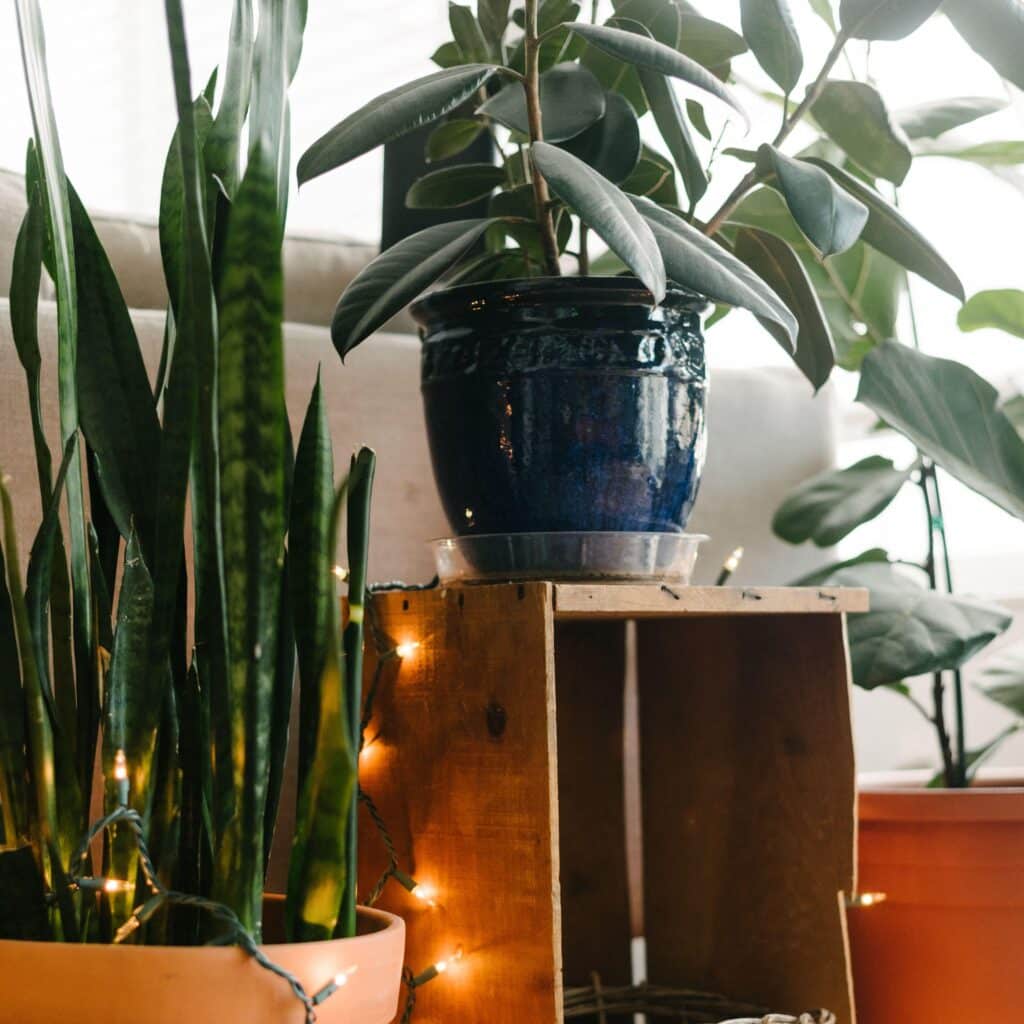

plastic waste
Plastic pots are the first container used to cope with most indoor crops. However, most houseplant pots are made out of polypropylene (plastic #5) which isn’t broadly accepted by way of curbside recycling firms. Altogether, only one% of plastic #5 will get recycled throughout the US.
That means in the event you want to change your houseplant proper right into a additional fashionable container, the plastic pot it acquired right here in will likely end up throughout the trash. Really, consistent with Marie Chieppo, Principal at EcoPlants Plans, 95 to 98% of all plastic plant pots end up in landfills.
This generally is a enormous downside for the ambiance, considering plastic’s life cycle is carbon intensive from beginning to end.
Plastic is a non-renewable helpful useful resource that’s made out of crude oil, which is extracted from the earth by way of fracking. It’s then manufactured into plastic in a fossil-fuel powered manufacturing facility that makes use of quite a few energy and water.
Basic, solely 5-6% of plastic will get recycled. The other proportion ends in our landfills, ambiance, or incinerated.
Plastic certainly not actually breaks down. Whereas it is technically biodegradable (which merely means it might break up over time), it could possibly’t be completely returned to the soil (aka composted).
That means over the course of a complete lot of years plastic will break down into microplastics. Microplastics have already been current in human blood, feces, and placentas. It’s estimated we devour 11,000 microplastics per 12 months, and the nicely being outcomes of this are nonetheless unknown.
No matter all this, avoiding plastic pots is sort of unimaginable to ensure that you a houseplant. They’re used practically solely.
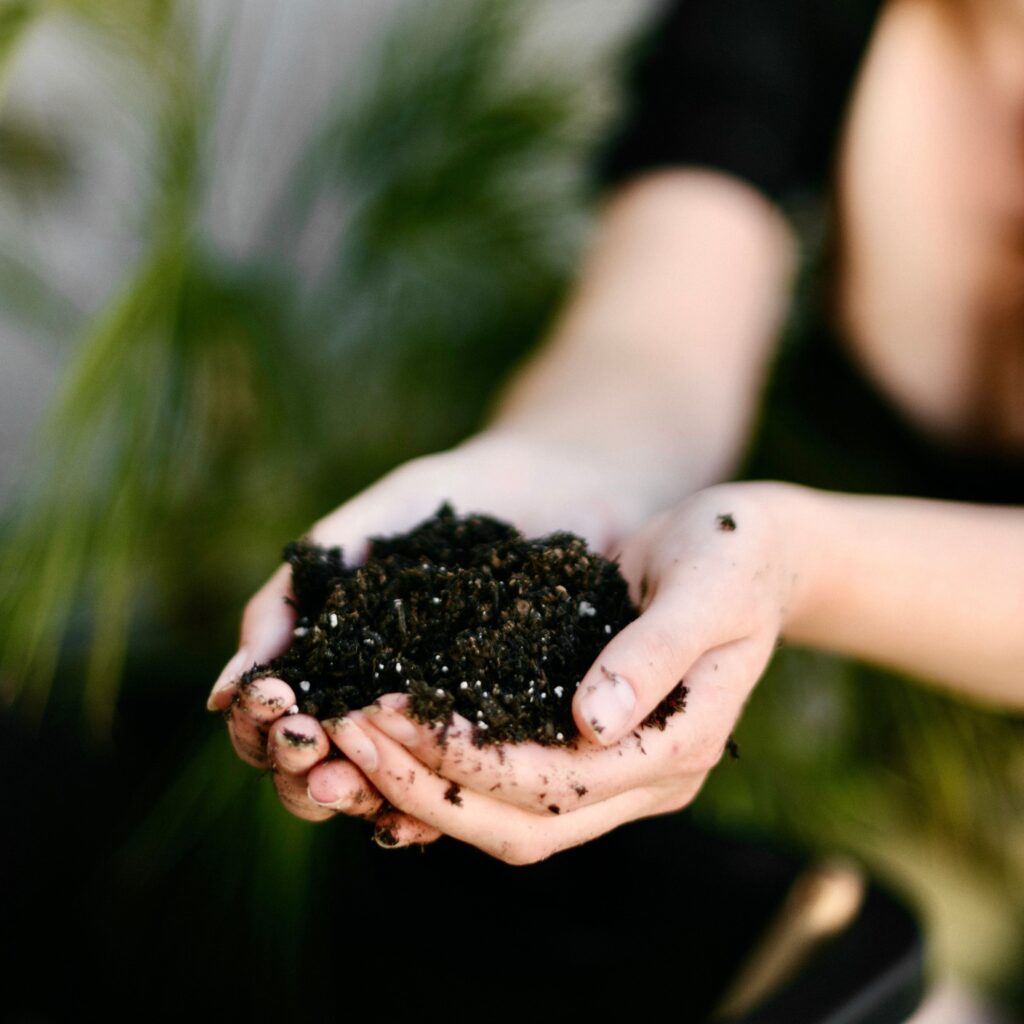

peat moss harvesting
One different enormous environmental have an effect on of houseplants is the soil used of their pots. Usually cases, houseplants shall be planted in soil that accommodates peat moss.
Peat moss prevents crops’ nutritional vitamins from washing away all through waterings. It is going to probably moreover keep various cases its weight in moisture, then launch that moisture into the plant’s roots when wished.
Nevertheless the problem lies in its harvesting, which requires the mounted disruption and overharvesting of peatlands.
Peatlands are wetlands that play a essential operate for stopping and mitigating the implications of native climate change, lowering flood risk, preserving biodiversity, and making sure safe consuming water.
These wetlands are the largest pure terrestrial carbon sinks, which suggests they retailer additional carbon than all completely different vegetation varieties on the planet blended.
When peatlands are damaged and harvested for peatmoss, this ends in a critical provide of greenhouse gasoline emissions. In accordance with the IUCN, ~5% of world greenhouse gasoline emissions from land use come from damaged peatlands.
To extract the peatmoss, tractors scrape alongside the ground of peat bogs, which releases CO2 once more into the ambiance.
Peatlands may catch fireplace, which they usually do when harvested in dry conditions. Burning peat is far more polluting than burning coal and might need excessive outcomes on human wellbeing.
This moreover impacts wildlife too: The IUCN attributes the 60% decline of the Bornean orangutan inhabitants to the shortage of peat swamp habitat over a 60-year interval.
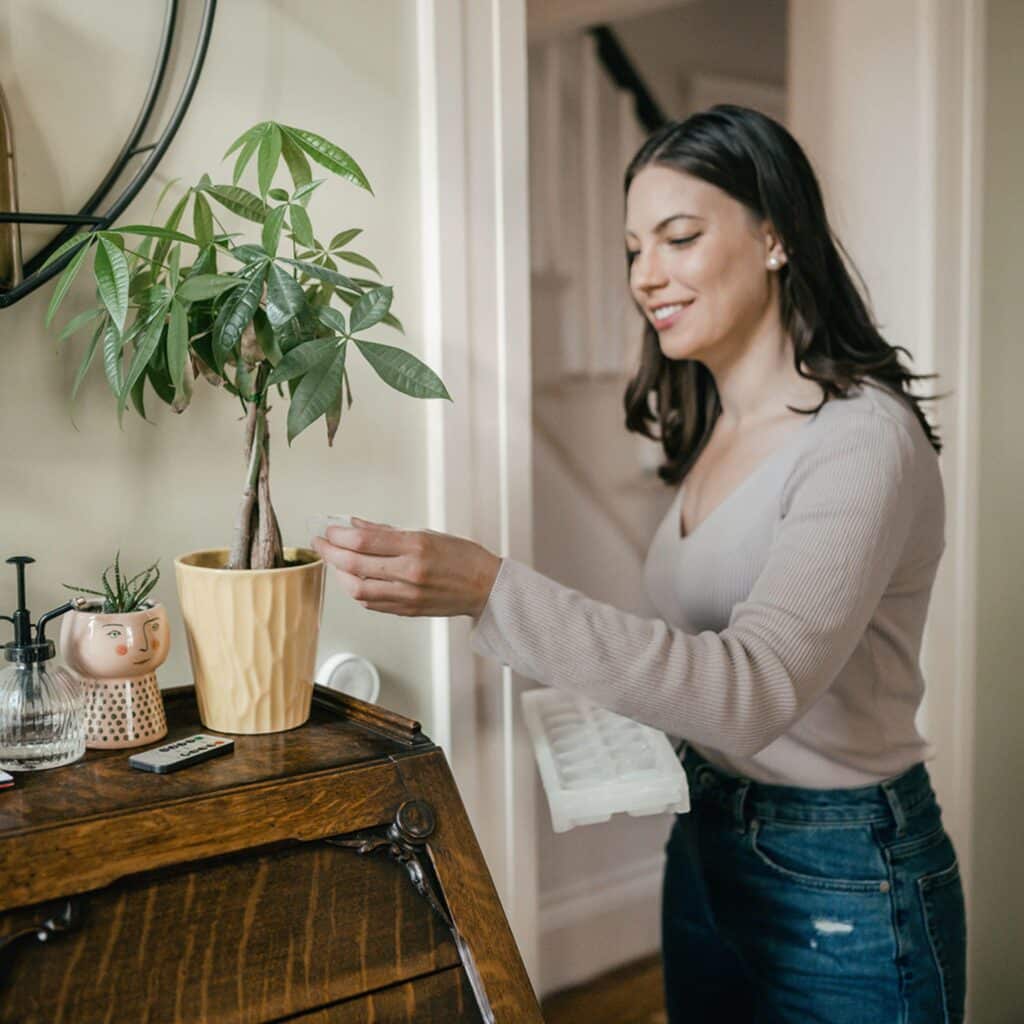

how do you develop houseplants sustainably?
Okay, so now that you just’re aware of the problems, lets communicate regarding the choices!
You don’t should toss out the houseplants you already have each (that is likely to be counterproductive).
Proper right here’s how one could make your houseplant dependancy considerably bit additional sustainable.
buy a lot much less crops
I do know this sounds obvious, nevertheless reigning in what variety of houseplants you accumulate is the very best technique to make a giant impact. Each half we devour has an environmental have an effect on, so looking for a lot much less is on a regular basis probably the most appropriate alternative.
propagate cuttings
Have some houseplants already? Or know anyone who does? Propagate some plant cuttings to develop a complete new plant. This way, you don’t should buy one thing new.
Use a small upcycled empty glass jar, like a spice container, to propagate your slicing. Merely fill it with some water, put your slicing inside it, and place it in a sunny location. When you see roots rising, it’s time to plant it in soil!
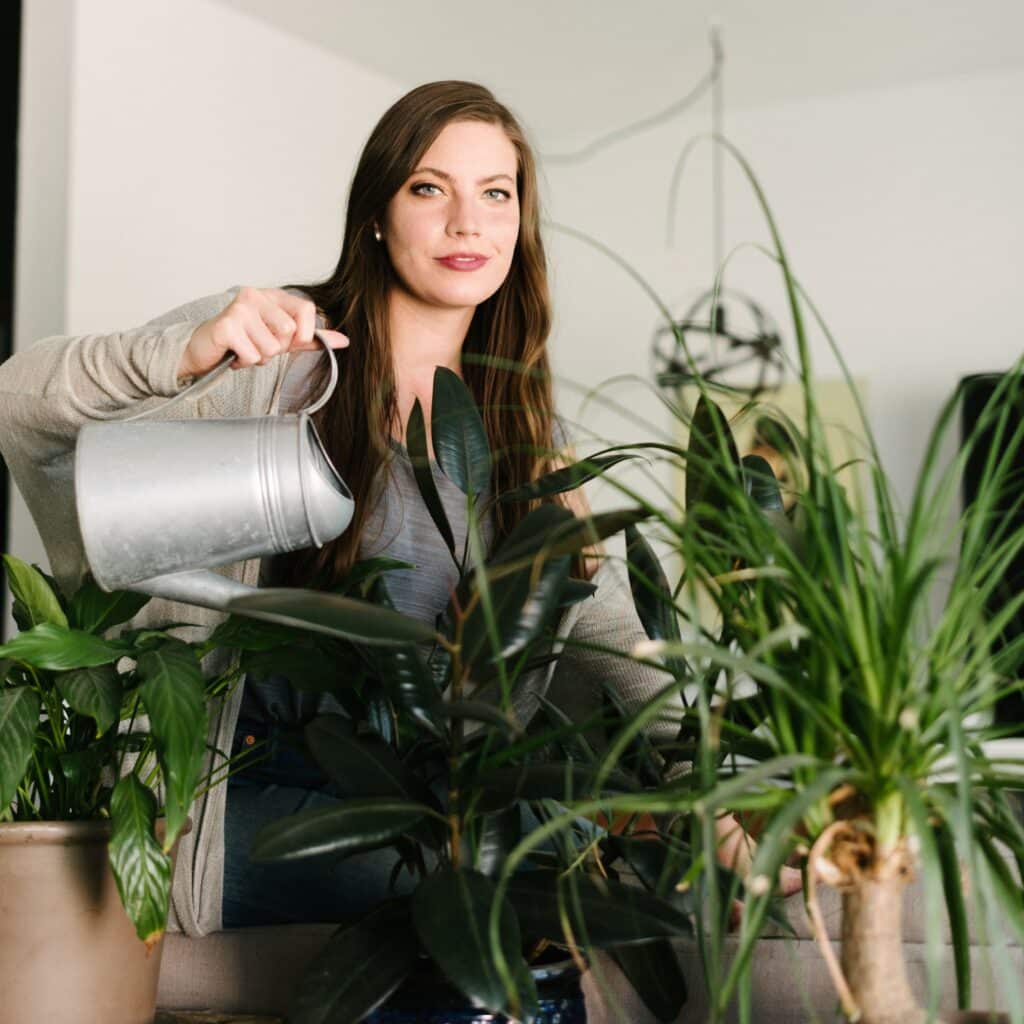

use sustainable potting soil
Peat-based soil is generally utilized in houseplants. Nevertheless peatmoss bogs are essential carbon sinks which is likely to be being overharvested, which is contributing to native climate change.
As a substitute, seek for peat-free soil, like Rosy Soil, which as a substitute makes use of biochar, compost, pine bark fines, mycorrhizae, pumice, and sand. There are no synthetic substances of their soil mixtures. Their packaging is recyclable and made out of plant-based substances.
It’s moreover an essential idea to start purchasing to your houseplants from a transparent and sustainable agency like The Sill. All their crops are potted in pure potting soil that’s made out of a combination of worm castings, coir, compost, aged pine bark, and rice hulls. It’s absolutely peat-free.
Plus, The Sill provides upcycled develop pots as an alternative, and they also use carbon neutral supply on virtually all their on-line orders.
You possibly can too merely use compost you made your self! Proper right here’s straightforward strategies to compost in your yard.
RELATED: One of the best ways to Assemble a DIY Compost Bin
For smaller areas, Lomi is an outstanding alternative on account of it creates nutrient-rich Lomi Earth (aka pre-compost) which is rich in microbial cultures and pure matter. That’s glorious to utilize on crops of all kinds to help them flourish.
upcycle your plastic pots
It’s arduous to avoid plastic pots with houseplants. As a substitute of tossing them out, disinfect them and save them for various gardening initiatives. Likelihood is you will even be able to return them to the nursery to permit them to be reused. Or confirm and see in case your space individuals yard has any need of them.
get native crops
Seek for native plant swaps or yard golf tools in your house. They’re usually organized on-line, by way of social media, or by libraries. Totally different gardeners are generally joyful to current you cuttings of their very personal crops and would possibly instruct you on concepts to help them thrive.
Do you’ve got a plant dependancy too? Will you be attempting out any of the following advice? Let me know throughout the suggestions beneath.
